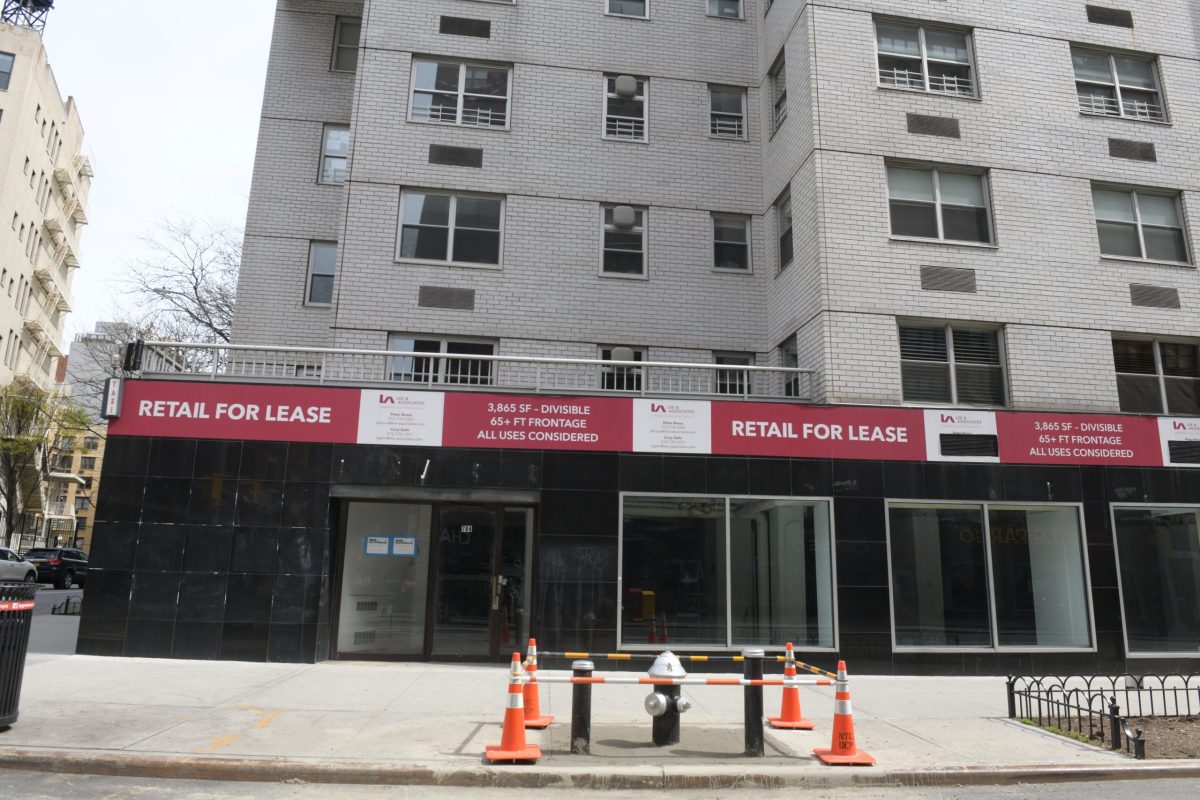Kiss $2 million goodbye.
The developer of the Teddy Place luxury homes at 3250 Rawlins Avenue, after losing an appeal, was forced to raze two of five houses, so that he could proceed with marketing the remaining three Country Club properties formerly occupied by a decrepit old mansion. The demolition of 3 and 4 Teddy Place was completed on Tuesday, May 10.
The project’s architect and developer originally filed a self-certification application with the Department of Buildings to build the houses in a cluster format around a private street named Teddy Place, and to have the development treated as one house. Upon DOB review, an egregious mistake was discovered.
The homes were both too close to one another and set too far back from the street to meet Country’s Club’s R-2 zoning regulations.
The project’s owner, listed as 3250 Rawlins Avenue Partners, was left with no choice but to level 40 percent of his original investment.
The application for the demolition permit was filed on Tuesday, March 8, and the permit was granted on Tuesday, April 26.
“I think what we had here was someone who didn’t understand the local zoning and who took a chance and got stuck,” said Councilman Jimmy Vacca. “Our neighborhood has worked very hard to stop the kind of over development that we had here, and I hope this sends a message that no one should try to skirt our local zoning. Most importantly, hopefully soon the residents of Rawlins Avenue will no longer have to look at a construction site every day and we can now see this project move.”
The architect, Gerald Caliendo, declined to comment.
The houses were built in 2007 on a 125-foot-wide parcel occupied by the Finkle Mansion. In 2008, the project was hit with stop work orders.
By the time DOB ruled that it did not conform with regulations, the brick houses were approximately 90 percent complete.
The crux of the problem was access to the development. The size of the front and side yards of each house did not meet the minimum requirements for a private roadway. The minimums range from 20 percent for narrow lots up to 20 feet wide, to 50 percent for frontage of 60 feet. To build an access driveway the homes could not be more than 100 feet from Rawlins Avenue. By leveling the two homes furthest from the street, the development will now qualify for driveway access.
The houses were advertised to contain three to four bedrooms, four bathrooms, central air-conditioning, fireplace, hardwood floors, recessed lighting, granite floors and counter tops in the kitchen, custom-made cherrywood cabinets, marble bathroom floors, jacuzzis and stainless steel appliances. They were expected to fetch around $1 million each in the early-2000 real estate market.
The Finkle Mansion, which was inhabited by the owner of Brush Avenue’s Finkle Umbrella Company, sat on a large parcel of land. Even so, fitting five properly zoned, 3,000-square-foot houses onto it seemed like a stretch.
“We asked over and over again, ‘How can you put five homes on that parcel of land?’ from the very beginning when we first learned that the Finkle Mansion was going to be torn down,” said Marcia Pavlica, president of the Country Club Civic Association.























